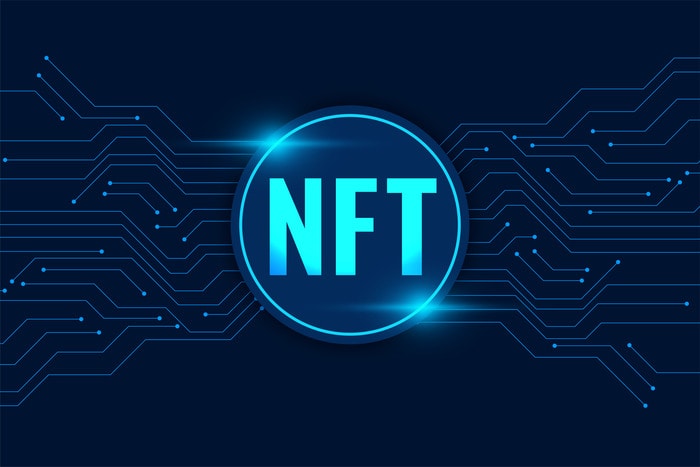
If you’ve been keeping up with the latest trends in the digital world, you’ve heard about Non-Fungible Tokens (NFTs). These unique digital assets have overtaken the art, gaming, and collectibles worlds. They’re offering a new way to buy, sell, and trade digital items. One of the critical means to create your marketplace is to leverage the power of NFT APIs.
What are NFT Indexers
NFT has transformed the digital landscape by introducing unique crypto assets. Yet, exploring this vast industry can be overwhelming. That’s where an NFT indexer can become valuable.
These tools are like well-organized search engines for NFTs. They go through countless digital assets, offering users essential information. They provide details on pricing, ownership history, and rarity, thus simplifying the thrilling adventure in the market for collectors, newcomers, and investors.
Navigating the market without a reliable indexer can lead to surprises. In the following sections, we’ll look at indexers, their role in the market, and how they shape the future of investments.
What is NFT
NFT is a unique digital asset showing ownership and authenticity through blockchain technology. They are not like cryptocurrencies which can be traded interchangeably. NFTs are distinct and can’t be swapped one-to-one with other NFTs.
There are some important traits to note about these tokens:
- They are unique; representing digital or physical items like art, music, or virtual property.
- They are Indivisible, meaning you own the entire NFT.
- Ownership and provenance are tracked on a transparent blockchain ledger.
- There is interoperability among them across different online platforms.
- They are operated through smart contracts that automate various functions like creator royalties.
NFTs have made waves in art, entertainment, and gaming. They allow creators to sell their digital work, but they also raise environmental and copyright concerns. It’s important to remember that their values can fluctuate. Owning an NFT doesn’t grant copyright or intellectual property rights to the content it represents.
What’s the Role of NFT Indexers
NFT Indexers as specialised platforms function as dedicated search engines for NFTs. They organize and rank NFTs based on rarity, price, and historical data. They provide unique insights by examining metadata, ownership history, and smart contracts, thus making it easier for users to discover new artists and collections, understand market trends, and influence valuations.
Indexers help with transparency, prevent fraud, and make using NFTs in different marketplaces easier. As the market evolves, these tools are poised to integrate advanced technologies like AI and machine learning. The indexers enhance the user experience and play an important role in the ever-expanding NFT universe.
Building Your NFT Marketplace
Now, let’s look at how you can build your marketplace using NFT APIs:
Step One – Choose Your Blockchain
NFTs are created on blockchain platforms like Ethereum, Binance Smart Chain, and Flow. Choose the blockchain that aligns with the goals and requirements of your project.
Step Two – Access NFT APIs
NFT APIs (Application Programming Interfaces) allow your marketplace to interact with the blockchain. There are lots of popular options on the market. These APIs provide functionalities like creating, listing, and trading NFTs.
Step Three – Create User Accounts
Implement user registration and wallet integration so users can connect their crypto wallets to your marketplace. This will enable them to buy, sell, and trade NFTs securely.
Step Four – Design User-Friendly Interfaces
Ensure your marketplace has an intuitive and appealing design. Users should easily navigate and interact with the platform.
Step Five – Smart Contracts
Develop smart contracts to govern the creation and transfer of NFTs. These contracts define the rules and conditions of ownership and transactions.
Step Six – Security Measures
Implement robust security measures to protect user data and funds. Security is crucial in the world of blockchain and cryptocurrency.
Step Seven – Marketplace Features
Consider adding features like auctions, royalties for creators, and social integration. These will enhance the user experience.
Step Eight – Testing and Launch
Thoroughly test your marketplace to identify and fix any issues. Once everything is running smoothly, launch your platform for users to enjoy.
Conclusion
Building your first NFT marketplace may seem daunting, but with the power of NFT APIs and a clear plan, it’s an achievable goal. NFTs have changed how we see ownership of digital items and how we evaluate the worth of special digital items. You can join the digital revolution by using APIs to create a successful marketplace and keep up with the latest developments in the world of NFTs.
